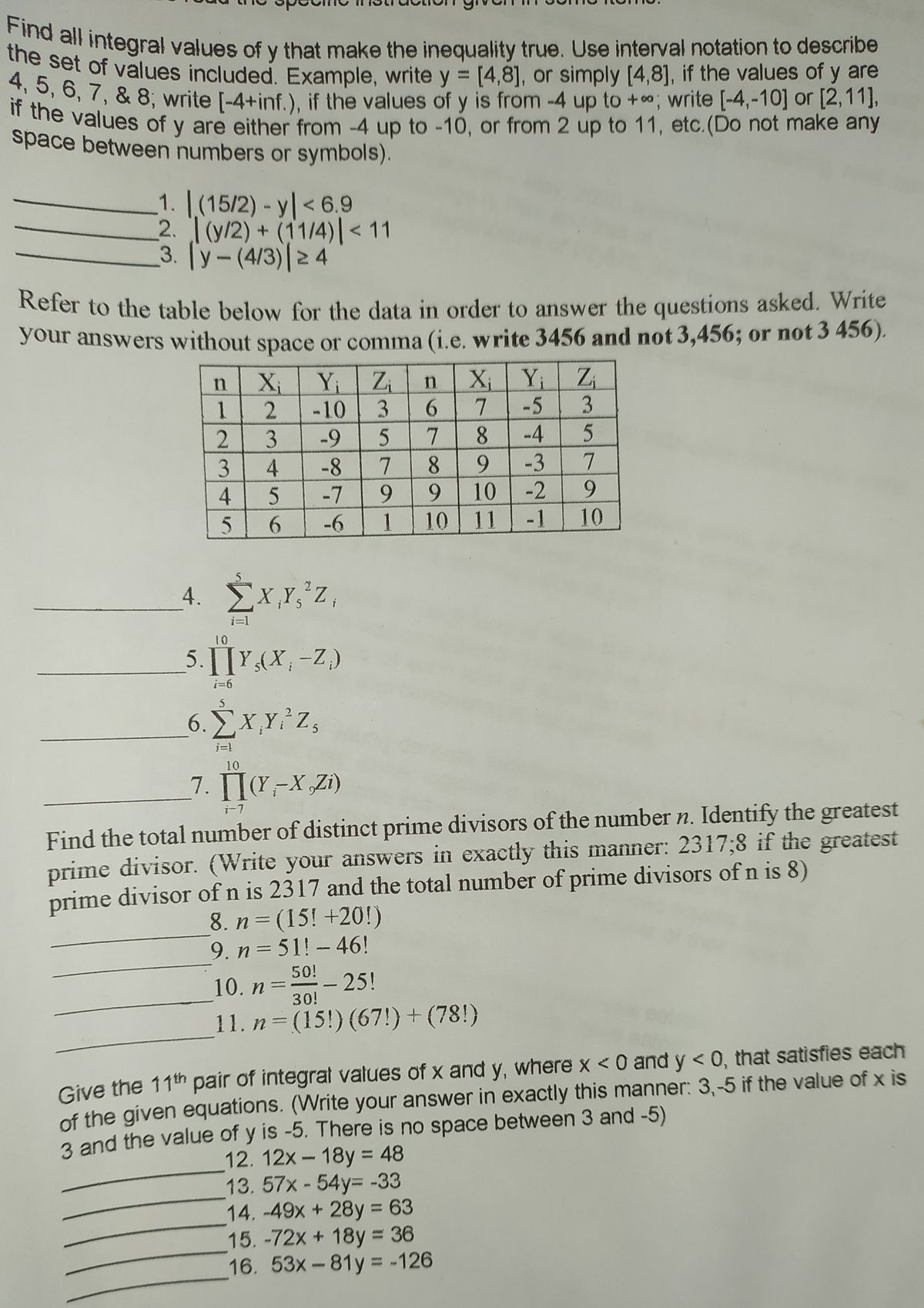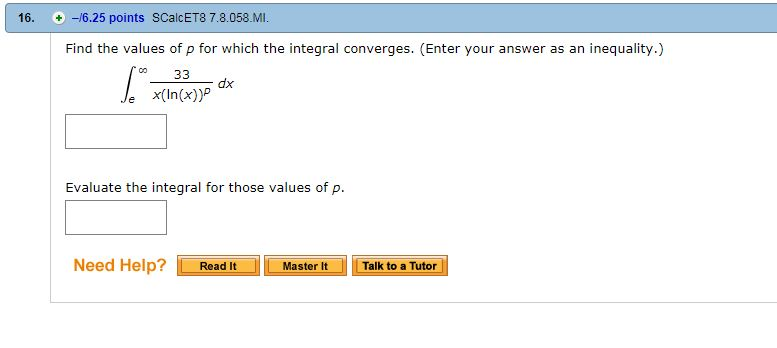

Thus the integral mode of the controller ramps the output either up or down over time in response to the amount of error existing between PV and SP, and the sign of that error. The variable being integrated is error (the difference between PV and SP) over time. Integration is provided either by a pneumatic mechanism, an electronic opamp circuit, or by a microprocessor executing a digital integration algorithm. Now let us return to the context of an automated process to see how this calculus principle works inside a process controller. When the car is stopped (zero speed), the odometer holds its reading and neither increments nor decrements. The rate at which the odometer decrements depends on how fast the car travels in reverse. If the car travels in reverse, the odometer will decrement (count down) rather than increment (count up) because it sees a negative quantity for speed. When the car is traveling slowly, the odometer “integrates” slowly. When the car is traveling at a high speed, the odometer “integrates” at a faster rate. In essence, it is multiplying speed times time continuously to keep a running total of how far the car has gone. The odometer mechanism that keeps track of the mileage traveled by the car may be thought of as integrating the speed of the car with respect to time. If the car’s speed is a constant, calculating total distance traveled is a simple matter of multiplying that speed by the travel time. Now, how far will this vehicle travel if it continues for another 2 hours at the exact same speed? Obviously, it will travel 60 more miles, for a total distance of 90 miles since it began moving. How far will this vehicle travel after 1 hour of driving this speed? Obviously, it will travel 30 miles.

Imagine a car moving along at exactly 30 miles per hour. This stands in contrast to a speedometer, indicating the rate of distance traveled per unit of time. Perhaps the simplest example of this is a vehicle odometer, accumulating the total distance traveled by the vehicle over a certain time period. When we “integrate” a variable with respect to time, what we are doing is accumulating that variable’s value as time progresses. Don’t let the word “calculus” scare you! You are probably already familiar with the concept of numerical integration even though you may have never heard of the term before.Ĭalculus is a form of mathematics dealing with changing variables, and how rates of change relate between different variables. Instead of characterizing this control system as proportional, we call it integral in honor of the calculus principle (“integration”) whereby small quantities are accumulated over some span to form a total. The motor-driven control valve literally does not rest until all error has been eliminated! One of the most significant differences in control behavior is how the proportional system would inevitably suffer from offset (a persistent error between PV and SP), whereas this control system actively works at all times to eliminate offset. Both systems are capable of regulating liquid level inside the vessel, but they take very different approaches to doing so. This control system does its job in a very different manner than the all-mechanical float-based proportional control system illustrated previously. In fact, the only time the valve will ever halt its motion is when the liquid level is precisely at setpoint otherwise, the control valve will be in constant motion.

The further away from setpoint the liquid level is, the faster the valve moves open or closed. Unlike the proportional control system where valve position was a direct function of float position, this control system sets the speed of the motor-driven valve according to the float position. If the liquid level is above setpoint, the valve continually opens up if below setpoint, the valve continually closes off:

Imagine a liquid-level control system for a vessel, where the position of a level-sensing float sets the position of a potentiometer, which then sets the speed of a motor-actuated control valve.


 0 kommentar(er)
0 kommentar(er)
